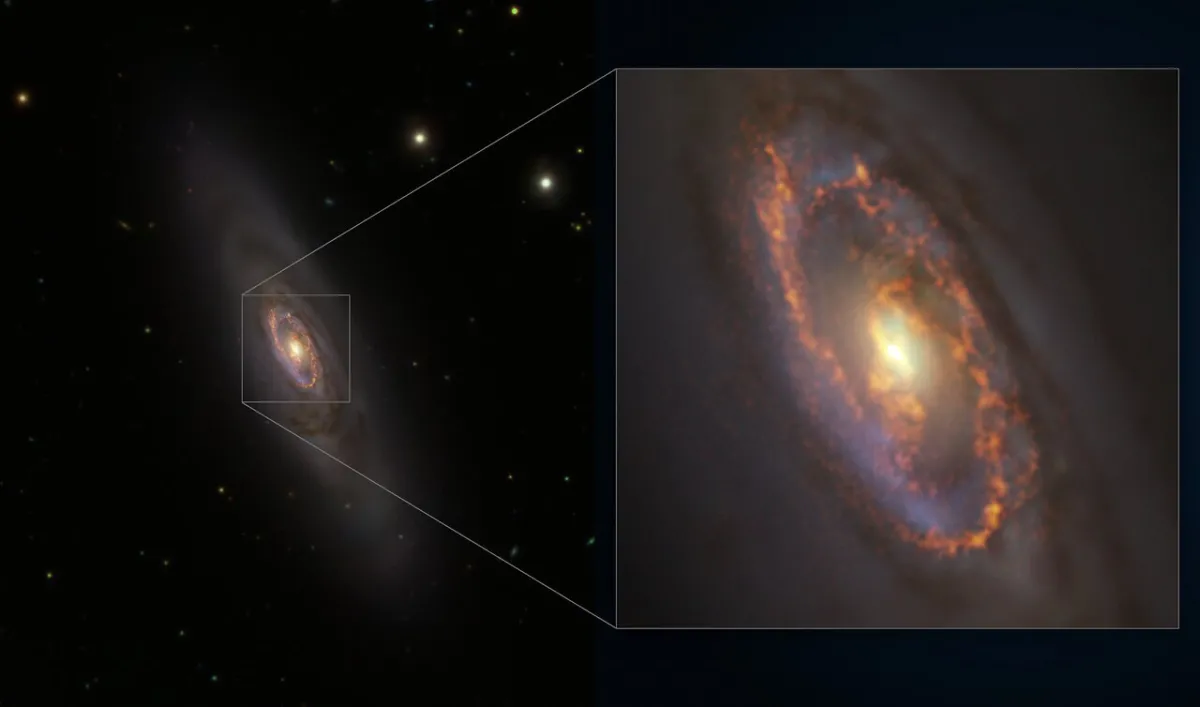Asterism optimisation for MAVIS
This project aims to model performance of the MAVIS instrument on real galaxies samples drawn from available Hubble Space Telescope and James Webb Space Telescope imaging catalogues.
Research themes
Project status
Content navigation
About

MAVIS, the MCAO Assisted Visible Imager and Spectrograph, is a next-generation instrument being built by RSAA/AITC for the 8-metre ESO Very Large Telescope. Adaptive optics systems, like the one in MAVIS, can deliver ground-based observations free from distortions imprinted by the Earth’s atmosphere, but their performance ultimately depends on the brightness and arrangement (the “asterism”) of guide sources like stars within their technical fields. So far, idealised simulations of MAVIS system performance and its dependence on guide star asterism have been used to estimate its scientific performance. However, as MAVIS moves towards construction, more detailed modelling based on real-world data is needed to inform the design of potential observing programs to be executed once the system is online.
The aim of this project is therefore to simulate observations with MAVIS for real-world samples selected from existing deep-field galaxy catalogues like COSMOS and GOODS-S. As part of this project you will: 1) build real-world samples based on the key science projects identified for MAVIS 2) identify guide star asterisms and evaluate the MAVIS AO system performance using existing tools, 3) develop a strategy to optimise the selection of targets for future MAVIS observing campaigns.
This project is ideal for students with an interest in both observational astrophysics and instrumentation. It will provide valuable experience working with large extragalactic catalogues, designing surveys and observing strategies, and evaluating the performance of next-generation instruments.
For more information about this research, or to discuss any related research area, please contact the supervisor.

